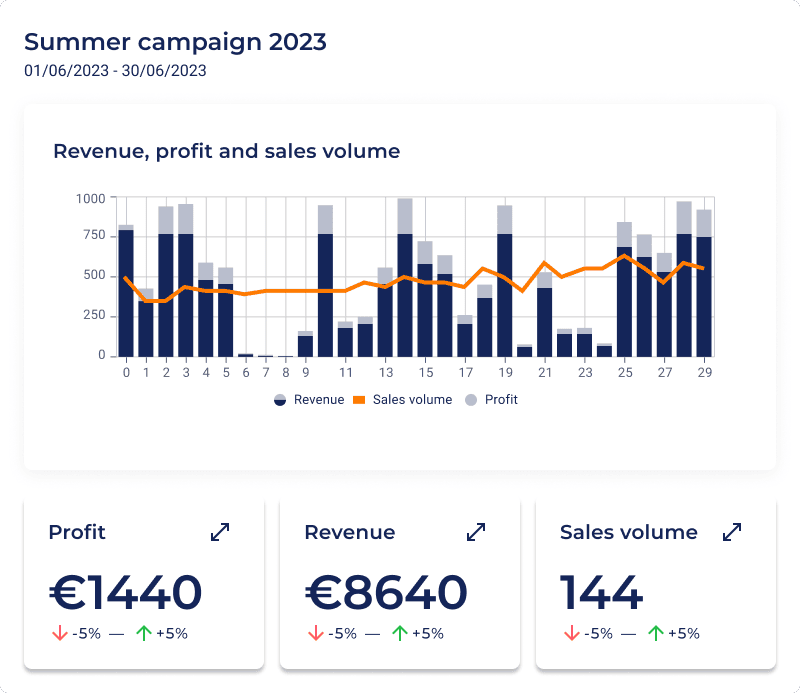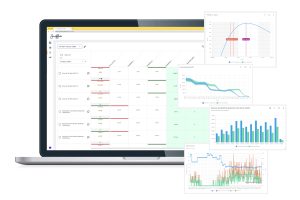In commerce, the price tag attached to a product or service is not arbitrary. Behind it lies a sophisticated interplay of market dynamics and strategic decision-making. Welcome to the world of pricing analytics—a powerful ally for businesses seeking to unravel the complexities of setting the right prices. In this beginner’s guide, we’ll demystify pricing analytics, shedding light on its components, benefits, and how it can drive revenue and profits for businesses, regardless of their size.
Understanding Pricing Analytics
1. Defining Pricing Analytics
Pricing analytics is the methodical examination of data to inform and guide decisions related to setting, adjusting, and optimizing prices. While traditional pricing methods may rely on intuition or simple cost-plus models, pricing analytics introduces a more nuanced and data-driven approach. It recognizes that pricing is not a static activity but rather a dynamic process influenced by many factors.
The shift from intuition to data-driven decision-making is fundamental in pricing analytics. Instead of relying solely on gut feelings or industry norms, businesses leverage data to understand customer behavior, market trends, and the competitive landscape. This allows for a more accurate and strategic approach to pricing that aligns with business objectives and market conditions.
Maximize your campaign profits
Sniffie: Smart Sale & Discounts App is the ultimate power tool for Shopify stores to create easy and optimized campaigns. With the use of cutting-edge AI, you can maximise your profits all while reducing prices.

2. Key Components of Pricing Analytics
Pricing analytics, as a comprehensive approach to strategic pricing decisions, integrates several key components to guide businesses in setting optimal product prices. This involves:
- A deep analysis of customer data, considering demographics, preferences, and historical purchasing behavior.
- Market trends and external factors, such as economic conditions, regulatory changes, and industry dynamics, are crucial inputs for understanding the broader context.
- Competitor analysis provides insights into the competitive landscape, allowing businesses to position their products strategically.
- Examining cost structures ensures that prices cover production and operational expenses while aligning with profitability targets.
- Additionally, incorporating advanced analytics techniques, including predictive modeling and machine learning, allows businesses to forecast demand, optimize pricing structures, and identify areas for improvement.
- Continuous monitoring and adaptation based on real-time data and previous price history form the foundation of an iterative process, enabling businesses to make agile and informed pricing decisions that balance revenue maximization with customer satisfaction.
The Benefits of Pricing Analytics
3. Optimizing Revenue
One of the primary benefits of pricing analytics is its ability to identify optimal price points. By understanding customer willingness to pay and market demand, businesses can tweak their pricing strategies to maximize revenue without compromising customer satisfaction.

4. Boosting Profits
Data-driven pricing decisions contribute significantly to improving profit margins. Aligning prices with market dynamics ensures that businesses capture the full value of their offerings, leading to a healthier bottom line.
5. Enhancing Competitiveness
Pricing analytics empowers businesses to adjust their prices dynamically in response to market changes and competitor strategies, maintaining a competitive edge.
Implementing Pricing Analytics
6. Setting Objectives
Before diving into pricing analytics, it’s essential to define clear objectives. Whether the goal is to maximize profit, gain market share, or enhance customer retention, having a clear vision informs the analytics process.
7. Choosing the Right Metrics
Pricing analytics relies on key metrics such as product costs, discount percentages, customer acquisition cost, customer lifetime value, marketing expenses, and gross profit margins. Understanding these metrics is fundamental to making effective pricing decisions.
8. Leveraging Data Tools
Accessible tools make pricing analytics feasible for businesses of all sizes. From basic analysis using Excel to price optimisation software, businesses can choose tools that align with their needs and resources.
9. Interpreting and Acting on Data
Interpreting pricing data is just as crucial as collecting it. Analyze real-world responses and refine your approach. Testing data points improves any AI that you may be using as pricing software.
Conclusion
Pricing analytics is not a privilege reserved for large enterprises; it is a valuable tool for businesses of all sizes. By understanding the basics, setting clear objectives, leveraging available tools, and learning from real-world examples, businesses can harness the power of pricing analytics to drive revenue, boost profits, and ultimately thrive in today’s competitive markets.
As you embark on your pricing analytics journey, remember: it’s not just about setting a price; it’s about setting the right price, and pricing analytics is your compass in this dynamic landscape.



